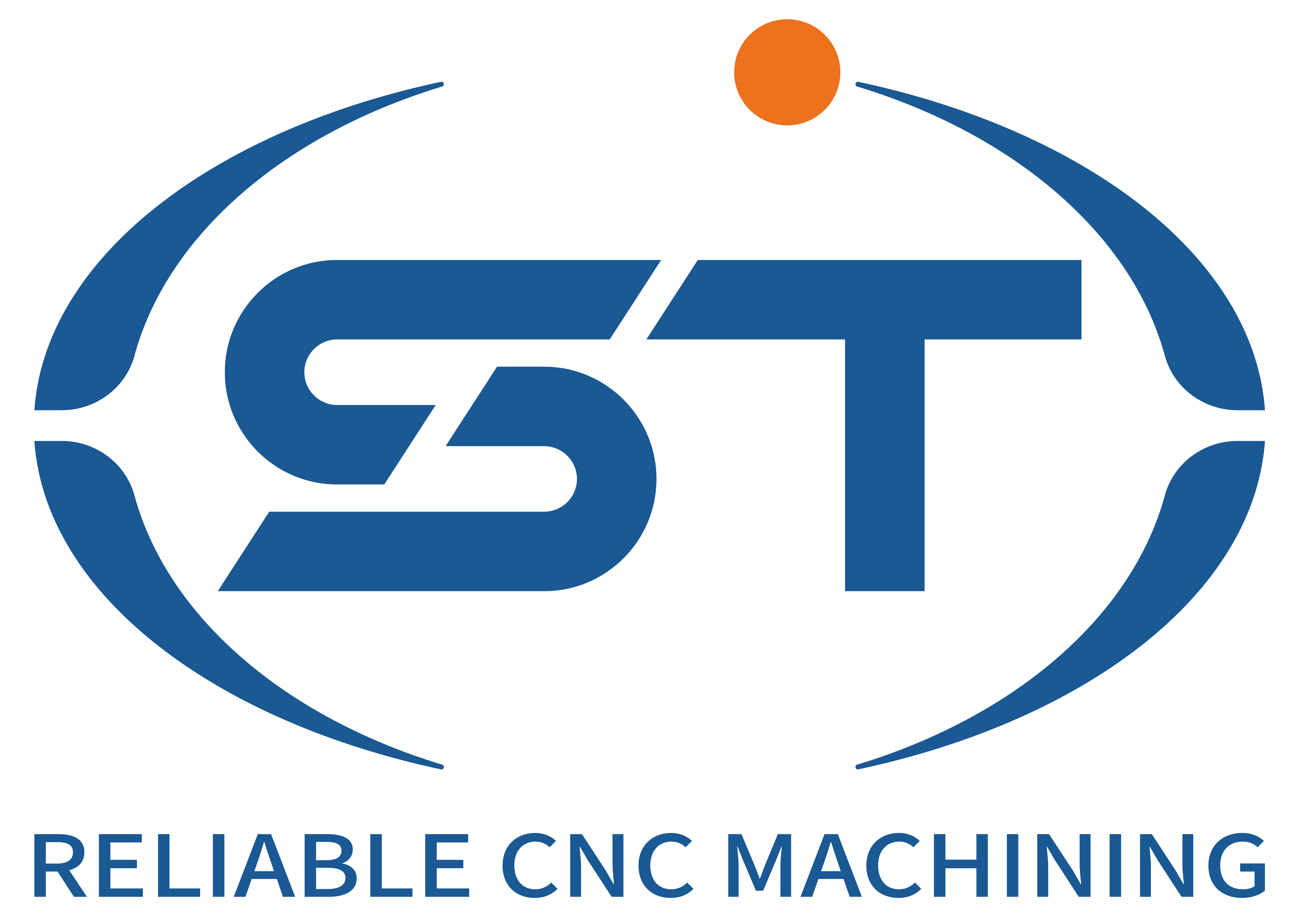The process selection for Akkordeon #1 of steel automotive parts involves multiple key links and requires comprehensive consideration of factors such as part characteristics, processing requirements, and equipment capabilities. The following is a detailed introduction:
The preparatory process before processing
Material analysis and pretreatment
Material property analysis: There are numerous types of steel, such as carbon steel and alloy steel, and the hardness, toughness, and heat treatment performance of different steels vary significantly. Before processing, it is necessary to clarify the specific grade and performance parameters of the steel to select the appropriate processing technology. For example, high-carbon steel has high hardness and is difficult to cut, so a lower cutting speed and a larger cutting force need to be adopted. However, low-carbon steel has good toughness and is prone to built-up edge during cutting. It is necessary to optimize the geometric parameters of the cutting tool and the cutting parameters.
Material pretreatment: For some steel parts that require heat treatment, appropriate heat treatment processes such as quenching, tempering, and quenching and tempering should be selected based on the performance requirements of the parts. Heat treatment can improve the mechanical properties of steel, but it may also cause deformation of parts. Therefore, after heat treatment, the parts need to be straightened, stress-relieved and other treatments to ensure the dimensional accuracy and shape accuracy of the parts.
Interpretation of part drawings and technical requirements
Carefully study the part drawings to clarify the technical requirements such as the shape, dimensional accuracy, surface roughness, and form and position tolerances of the parts. Special attention should be paid to key dimensions and tolerance zones to ensure precise control during the processing. For instance, for the crankshaft of a car engine, the dimensional accuracy and roundness of its journal are required to be extremely high, and high-precision processing equipment and techniques are needed to ensure this.
Analyze the processability of the parts and consider how to reasonably arrange the processes in CNC machining to avoid situations where difficult-to-machine parts or multiple clamping is required, resulting in a decrease in accuracy. For instance, for parts with complex shapes, methods such as block processing and combined processing can be adopted to enhance processing efficiency and quality.
Process route planning
Process division: According to the characteristics and requirements of the parts, the processing procedure is divided into rough machining, semi-finish machining and finish machining, etc. The main purpose of rough machining is to quickly remove most of the allowance and improve the processing efficiency. Semi-finishing is a preparation for finishing, further reducing the allowance and ensuring the shape accuracy of the parts. Finishing is to ensure the dimensional accuracy and surface roughness of the parts.
Selection of clamping method: Choose an appropriate clamping method to ensure that the parts are accurately positioned and reliably clamped during the processing. Common clamping methods include flat jaw clamp clamping, pressure plate clamping, and special fixture clamping, etc. For parts with complex shapes or high precision requirements, special fixtures should be designed to improve the clamping accuracy and stability.
Tool path planning: When planning the tool path, factors such as the tool’s entry and exit methods and cutting directions should be taken into account to prevent interference between the tool and the workpiece. At the same time, the tool path should be optimized to enhance processing efficiency. For instance, using methods such as spiral cutting and diagonal cutting instead of direct cutting can reduce the impact and wear of the cutting tool.
Tool selection and usage process
Tool material matching
Select the appropriate tool material based on the hardness and cutting performance of the steel. For steels with lower hardness, high-speed steel cutting tools can be adopted. For steels with high hardness, such as alloy steel and quenched steel, hard alloy tools, ceramic tools or cubic boron nitride tools should be adopted. Hard alloy cutting tools have high hardness and wear resistance, and are suitable for processing common steel. Ceramic cutting tools have higher hardness and heat resistance and can be used for high-speed cutting. Cubic boron nitride tools are suitable for processing steel with high hardness and high strength.
Optimization of tool geometric parameters
Rake Angle: Appropriately increasing the rake Angle can reduce the cutting force and lower the cutting temperature, but an excessively large rake Angle will decrease the strength of the tool. For steel processing, the rake Angle is generally selected between 5° and 20°, and the specific value should be adjusted according to the hardness and cutting performance of the steel.
Relief Angle: The relief Angle mainly affects the sharpness of the tool and the friction between the rear tool face and the workpiece. When processing steel, the relief Angle is generally selected between 6° and 12° to reduce the friction between the rear face of the tool and the machined surface and improve the surface quality.
The main deflection Angle and secondary deflection Angle: The size of the main deflection Angle and secondary deflection Angle affects the working length of the cutting edge and the heat dissipation conditions. Under the premise of ensuring the strength of the cutting tool, appropriately reducing the main and secondary deflection angles can decrease the height of the residual area on the machined surface and improve the surface roughness. The main deflection Angle is generally selected between 45° and 90°, and the secondary deflection Angle is selected between 5° and 15°.
Edge Angle: The edge Angle mainly affects the direction of chip outflow and the strength of the cutting edge. In steel processing, the selection of the cutting edge inclination Angle should be determined based on the processing requirements and the force conditions of the cutting tool. For instance, during intermittent cutting, a negative edge inclination Angle can be adopted to enhance the tool’s impact resistance.
Tool wear monitoring and replacement
During the processing, pay close attention to the wear of the cutting tools. By observing the shape and color of the chips, listening to the changes in the cutting sound, and regularly measuring the dimensional accuracy and surface roughness of the machined parts, it can be determined whether the cutting tool is worn. When the cutting tool wears to a certain extent, affecting the processing quality and efficiency, it should be replaced in time. Meanwhile, a tool wear file should be established to record the usage and wear patterns of the tools, providing a basis for the rational use and management of the tools.
Numerical control programming technology
Programming coordinate system setting
Select the programming coordinate system reasonably and try to make the programming origin of the part coincide with the design reference and process reference as much as possible to reduce the error caused by the non-coincidence of the reference. Meanwhile, the convenience of clamping and the feasibility of processing should be taken into consideration. For example, for shaft parts, the programming origin can be set at the center of one end of the shaft. For disc-type parts, the programming origin can be set at the center of the disc.
Cutting parameter setting
Cutting speed: The selection of cutting speed should be comprehensively considered based on factors such as tool material, workpiece material, and tool geometric parameters. Generally speaking, the better the tool material and the softer the workpiece material, the higher the cutting speed can be. For example, when hard alloy tools are used to process common carbon steel, the cutting speed can be selected within the range of 80-150m/min. When processing alloy steel, the cutting speed can be appropriately reduced.
Feed rate: The magnitude of the feed rate directly affects the processing efficiency and surface quality. Excessive feed rate will increase the cutting force, resulting in a deterioration of the surface roughness of the parts. If the feed rate is too small, the processing efficiency will be low. Under the premise of ensuring processing quality, a larger feed rate should be selected as much as possible. For steel processing, the feed rate is generally between 0.05 and 0.3mm/r.
Cutting depth: The cutting depth should be determined based on factors such as the machining allowance of the part, the strength of the tool, and the rigidity of the machine tool. During rough machining, a larger cutting depth can be selected to improve the processing efficiency. During finish machining, the cutting depth should be relatively small to ensure the dimensional accuracy and surface roughness of the parts.
Program optimization
Optimize the numerical control program to reduce unnecessary idle travel and improve processing efficiency. For example, arrange the tool’s advance and retreat routes reasonably to avoid the tool repeatedly moving on the surface of the part. By adopting methods such as subroutine invocation and macro program programming, the program structure is simplified and the programming efficiency is improved. Meanwhile, attention should be paid to the simplicity and readability of the program to facilitate subsequent modifications and maintenance.
Processing process control technology
Machine tool operation and monitoring
Operators should be familiar with the operating procedures of CNC machine tools and strictly follow the operation steps. During the processing, closely monitor the operating status of the machine tool, such as the changes in parameters like spindle speed, feed rate, and cutting force, as well as whether there are any abnormal vibrations or noises on the machine tool. Once any abnormality is detected, the machine should be stopped immediately for inspection. Only after the fault is eliminated can processing be resumed.
Selection and use of cutting fluid
Select the appropriate cutting fluid based on the characteristics of the steel and the processing requirements. Cutting fluid can play a role in cooling, lubricating, cleaning and rust prevention. For high-speed cutting of steel, cutting fluids with good cooling performance, such as emulsions, should be selected. For finish machining, cutting fluids with good lubricating performance, such as extreme pressure cutting oil, should be selected. During the processing, it is necessary to ensure an adequate supply of cutting fluid and replace it regularly to keep it clean.
Processing quality inspection
During the processing, the dimensional accuracy and surface quality of the parts are regularly inspected. Use appropriate measuring tools, such as calipers, micrometers, and three-coordinate measuring machines, to measure key dimensions and ensure that the dimensions of the parts meet the requirements of the drawings. Meanwhile, the surface quality of the parts is inspected through visual inspection, surface roughness measurement and other methods, such as whether there are scratches, burrs, burns and other defects. If dimensional deviation or surface quality is found to be substandard, the processing parameters should be adjusted in a timely manner or other measures should be taken for correction.
The post-processing technology
Deburring and chamfering
After processing is completed, there may be burrs, sharp edges, etc. on the surface of the parts. Use appropriate tools, such as files, sandpaper, chamfering knives, etc., to remove burrs from the surface of the parts and chamfer sharp edges to ensure the safety and assembly performance of the parts.
Finishing after heat treatment (if necessary)
If the parts undergo heat treatment before processing, deformation may occur after the heat treatment. For parts with high precision requirements, fine processing is needed after heat treatment to restore the dimensional accuracy and shape accuracy of the parts. When performing fine processing, high-precision processing equipment and techniques should be adopted, and the processing parameters should be strictly controlled.
Surface protection treatment
Steel automotive parts are prone to rust during use, so surface protection treatment is required. Common surface protection treatment methods include galvanizing, chromium plating, painting, blackening, etc. Select the appropriate surface protection treatment method based on the usage environment and requirements of the parts to enhance their corrosion resistance and service life.




